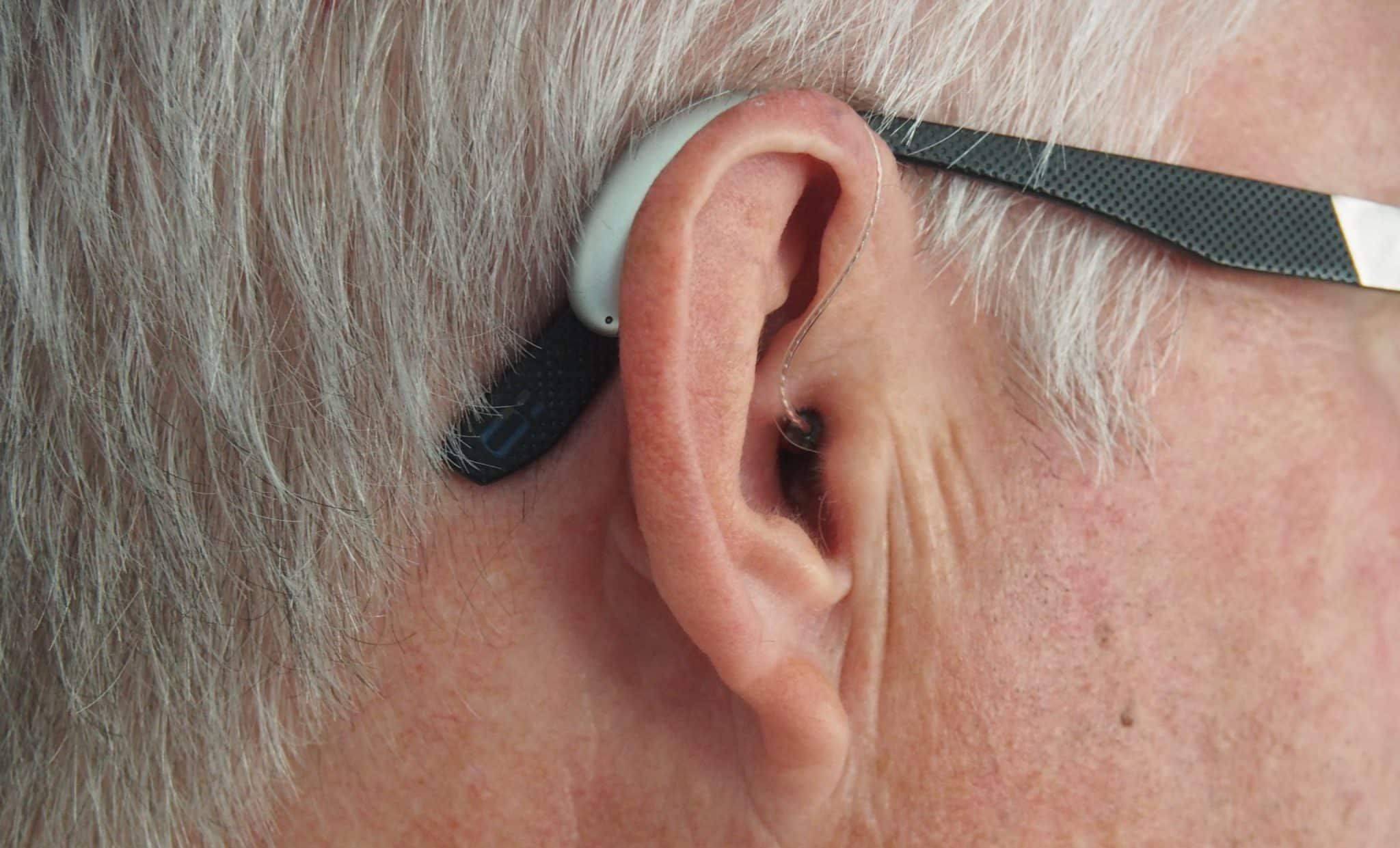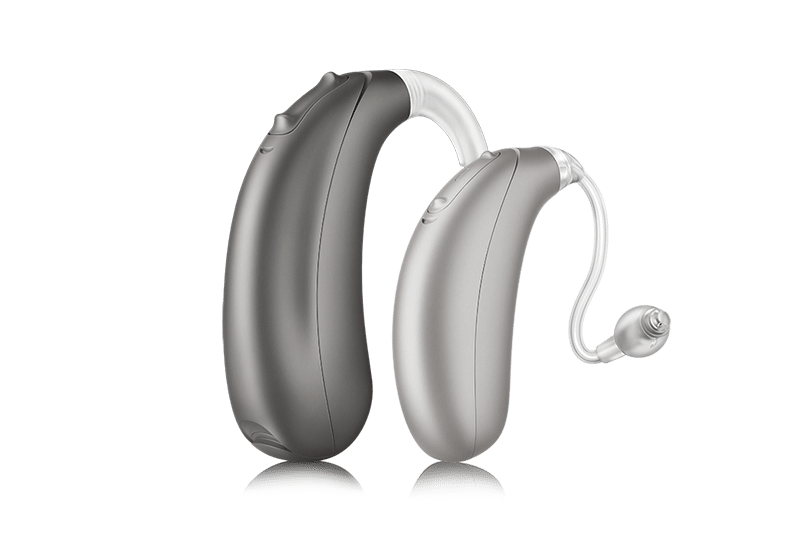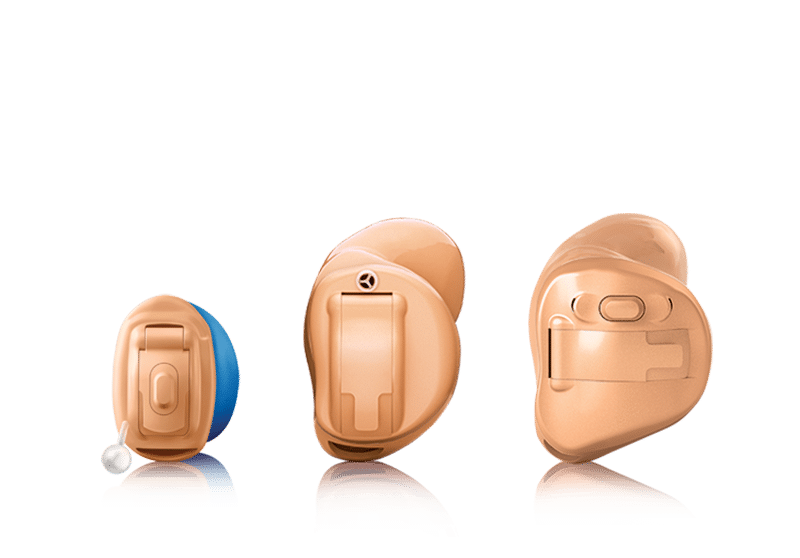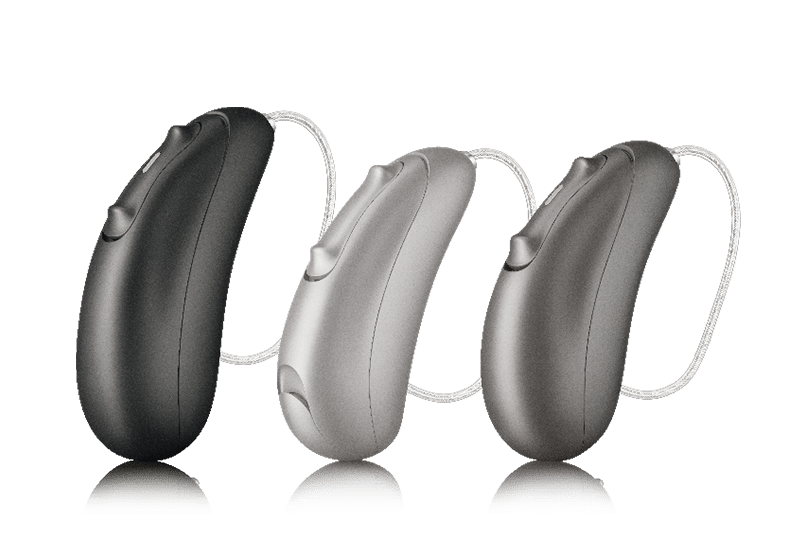Helping You as an Independent Specialist Service


What is a Hearing Aid?
Each hearing aid is programmed specifically for an individual to amplify sounds that can’t be heard due to the hearing loss. The hearing aid is not designed to make everything louder but rather provide more clarity to sounds, particularly speech.
Hearing Aid Solutions

Behind-The-Ear

Custom

RIC
Our Fitting Process
Choosing a hearing aid can be complex. Helix Hearing prides itself on taking the time to get to know your hearing needs.
This starts with a detailed discussion about your communication needs, hearing and ear health history and thorough audiological evaluation. We are then able to recommend hearing aids that are most suitable for your hearing, communication goals, lifestyle and budget.
Hearing Aid Pricing
Superior Technology, Superior Choice
Hearing aids have advanced significantly over the years, in both functionality and style.
As the sophistication of technology increases, so does its ability to automatically respond to a listener’s needs in more complex listening environments and engage noise reduction features.
FAQ
Hearing aids are small electronic devices worn in or behind the ear that amplify sound to improve hearing for individuals with hearing loss. They come in various styles and types, including behind-the-ear (BTE), in-the-ear (ITE), and completely-in-canal (CIC) options. Hearing aids can provide significant benefits by enhancing speech understanding, improving communication, and enhancing overall quality of life for those with hearing impairments. It’s important to consult with a hearing healthcare professional to determine the most suitable hearing aid based on individual needs, as well as to undergo proper fitting, adjustment, and ongoing care to optimize their effectiveness.
Hearing aids are small electronic devices designed to amplify sound and improve the hearing ability of individuals with hearing loss. They help individuals with hearing loss by making sounds louder, clearer, and more accessible.
Most modern hearing aids use digital technology. Digital hearing aids convert sound into digital signals, which can be processed and customized to suit the individual’s specific hearing needs. This allows for more precise and personalized amplification.
Determining whether you need hearing aids depends on your specific circumstances and the severity of your hearing loss. If you are experiencing difficulties in understanding conversations, frequently asking others to repeat themselves, or struggling to hear in various environments, it is advisable to consult with a hearing healthcare professional. They can conduct a comprehensive hearing evaluation to assess the type and degree of your hearing loss and provide recommendations on whether hearing aids are appropriate for your specific needs. Factors such as the impact of hearing loss on your daily life and communication abilities will also be taken into consideration in the decision-making process.
There are several types of hearing aids available, each with its own design and placement. The choice of hearing aid type depends on factors such as the degree of hearing loss, lifestyle, dexterity, and personal preference. Here are the common types of hearing aids:
- Behind-the-ear (BTE) hearing aids: BTE hearing aids consist of a small plastic case that sits behind the ear, connected to an earmold or a thin tube that delivers sound into the ear canal. BTE aids are suitable for a wide range of hearing losses and are often recommended for children and individuals with more severe hearing loss.
- Receiver-in-the-canal (RIC) or receiver-in-the-ear (RITE) hearing aids: RIC/RITE hearing aids are similar to BTE aids but have a thin wire or receiver that sits in the ear canal. The receiver is connected to the main body of the hearing aid behind the ear. RIC/RITE aids are discreet, offer a natural sound experience, and are suitable for mild to severe hearing loss.
- In-the-ear (ITE) hearing aids: ITE hearing aids are custom-made to fit the shape of the individual’s ear and fill the outer portion of the ear. They are larger than RIC/BTE aids and are easier to handle for individuals with dexterity challenges. ITE aids are suitable for mild to severe hearing loss.
- In-the-canal (ITC) and completely-in-the-canal (CIC) hearing aids: ITC and CIC hearing aids are custom-made and fit partly (ITC) or completely (CIC) into the ear canal. They are less visible than other types of hearing aids and may offer cosmetic advantages. ITC and CIC aids are suitable for mild to moderate hearing loss.
- Invisible-in-the-canal (IIC) hearing aids: IIC hearing aids are the smallest and most discreet type of hearing aids. They are custom-made to fit deep inside the ear canal, making them virtually invisible when worn. IIC aids are suitable for mild to moderate hearing loss.
It’s important to note that the suitability of each hearing aid type varies depending on individual factors, such as ear anatomy, hearing loss configuration, and personal preference. It is recommended to consult with an audiologist to determine the most appropriate type of hearing aid for your specific needs.
Choosing the right type of hearing aid depends on several factors. Considerations include the severity and type of hearing loss, personal preferences regarding visibility and aesthetics, lifestyle and communication needs, dexterity for handling and maintenance, and any specific features required, such as connectivity with other devices. It is important to consult with a hearing healthcare professional who can conduct a comprehensive assessment, understand your needs, and guide you in selecting the most suitable type of hearing aid that will provide optimal hearing enhancement and improve your quality of life.
By working closely with your audiologist and considering these factors, you can make an informed decision about the most suitable type of hearing aid that meets your hearing needs and aligns with your lifestyle and preferences. Remember, the audiologist’s expertise and guidance will be invaluable in helping you choose the right hearing aid.
Here are some tips for using hearing aids effectively:
- Give yourself time to adapt: It takes time for your brain to adjust to the new sounds amplified by the hearing aids. Be patient and allow yourself a gradual acclimatization period.
- Follow proper maintenance: Clean your hearing aids regularly using the recommended methods and keep them dry. Replace batteries as needed and schedule regular check-ups with your hearing healthcare professional for maintenance and adjustments.
- Practice good battery management: Keep spare batteries on hand and consider using battery testers to ensure you have an adequate power supply. Develop a routine for battery replacement to avoid unexpected power loss.
- Communicate your needs: Inform family, friends, and coworkers about your hearing aids and let them know how they can assist in effective communication, such as speaking clearly, facing you directly, or reducing background noise.
- Explore additional features: Familiarize yourself with the features and settings of your hearing aids, such as volume control or different listening programs. Experiment with them in various environments to find the settings that work best for you.
Remember, your hearing healthcare professional can provide personalized guidance and further tips tailored to your specific needs and hearing aid model.
Book Your Hearing Aid Consultation Today
"*" indicates required fields